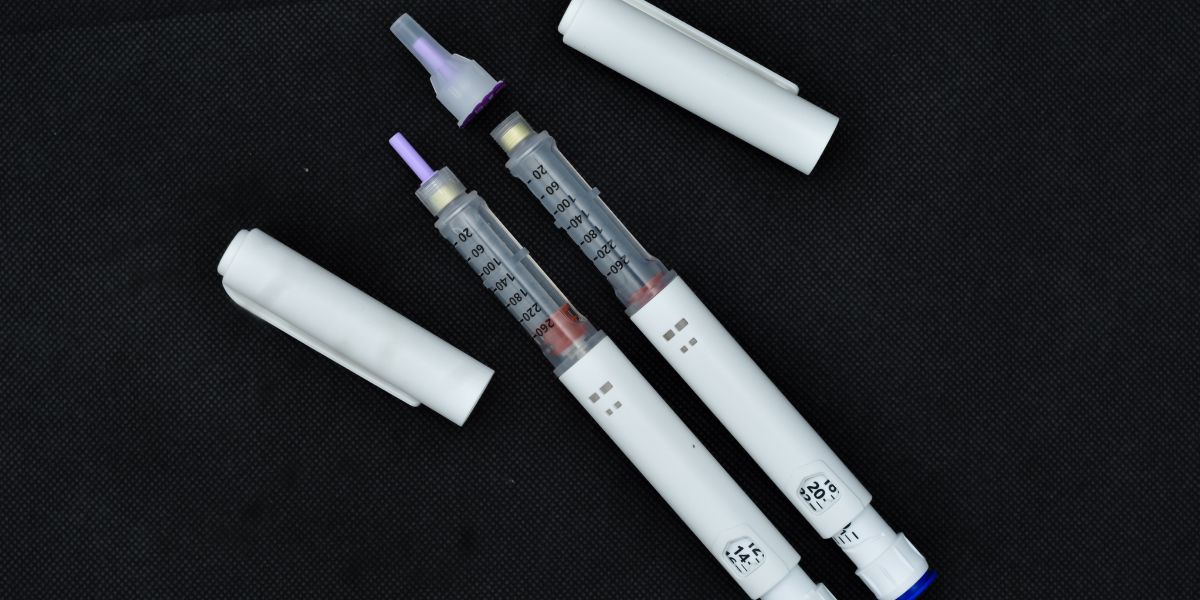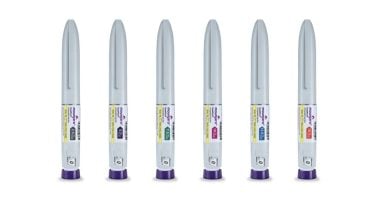Insulin degludec, which is supplied under trade name Tresiba, is an ultra long acting basal insulin which can be used by people with type 1 or type 2 diabetes
Tresiba last for up to 42 hours offering greater flexibility as to when it can be injected each day.
Research trials have shown insulin degludec to be helpful in reducing incidence of hypoglycemia compared with other basal insulin.
Approval for Tresiba
Tresiba is for use in Europe and available in England and Wales on the NHS. Prior to August 2016 it had not been approved for use in Scotland, but the Scottish Medicines Consortium (SMC) reconsidered its stance and recommended the drug to treat people with diabetes.
Who is Tresiba suitable for?
Tresiba is suitable for use in treating patients of aged 18 years and older with either type 1 diabetes or type 2 diabetes.
Tresiba may not be suitable for people that experience reactions to glycerol, metacresol, phenol or zinc acetate.
How is Tresiba taken?
Tresiba is taken by subcutaneous injection (injection into the layer of fat just below the skin) once daily.
Your doctor can advise you on where best to inject as well as providing information on injection technique where needed.
Benefits of Tresiba
One of the benefits of insulin degludec is that it offers much greater flexibility over when doses can be taken. The insulin lasts for up to 42 hours and that allows doses to be taken at different times of day, if needed, without impacting on blood glucose control
This means there is significantly more room varying times of doses to suit your lifestyle.
Research studies used to investigate the effectiveness of the drug also showed that Tresiba reduced the risk of nocturnal hypos in people with type 1 and type 2 diabetes, in people with type 1 and type 2 diabetes, in comparison with Lantus (insulin glargine).
Trials also noted a slight reduction in overall hypoglycemia for Tresiba compared with Lantus within patients with type 2 diabetes.
Different strengths of Tresiba
Tresiba is different to most other insulins available in the UK in that it is available in two different strengths.
- Standard strength 100 units/mL
- Double strength 200 units/mL
The double strength of Tresiba may be useful for people with stronger insulin resistance requiring larger doses of insulin.
How Tresiba works
The ultra long duration of Tresiba relies on a substance called hexadecanedioic acid, which allows the insulin to form soluble multi-hexamers once injected and results in a slower release of insulin into the bloodstream than is possible with other insulin such as Levemir and Lantus.
Side effects
As with other types of insulin, the most common side effect of insulin degludec is hypoglycemia (low blood sugar).
Reactions at the site of injection may occur although these will usually disappear with continued use of the drug.
Lipodystrophy may occur but can be prevented if good practice of insulin site rotation is adhered to. Rarer side effects include:
- Hypersensitivity
- Urticaria
- Peripheral oedema









